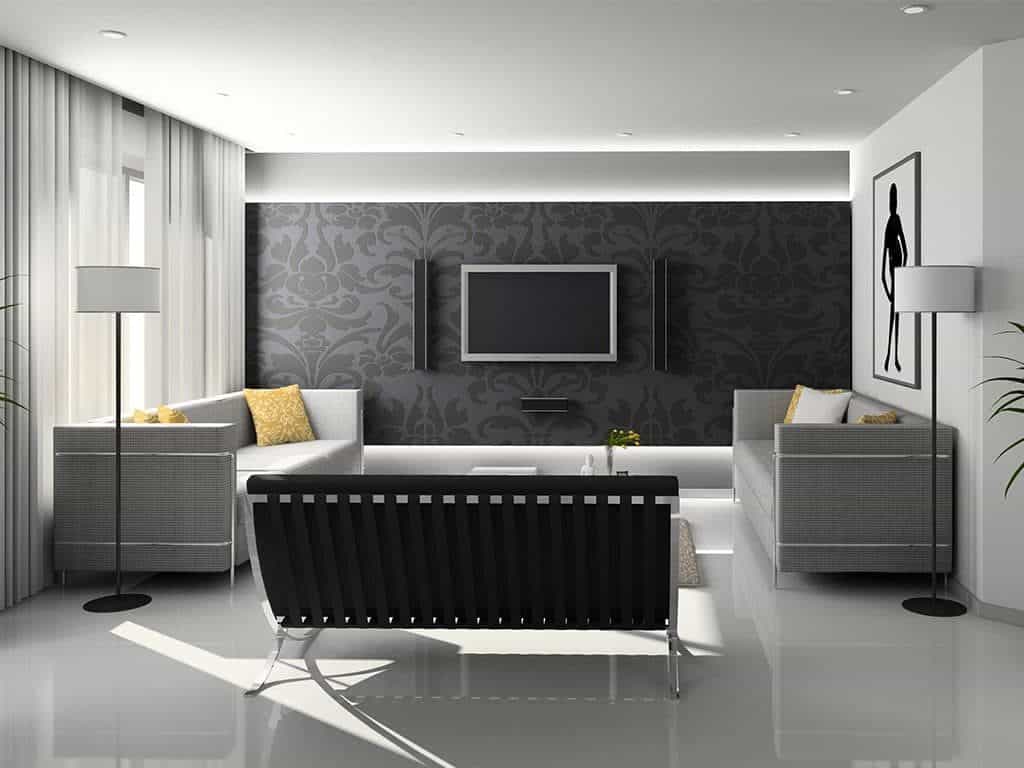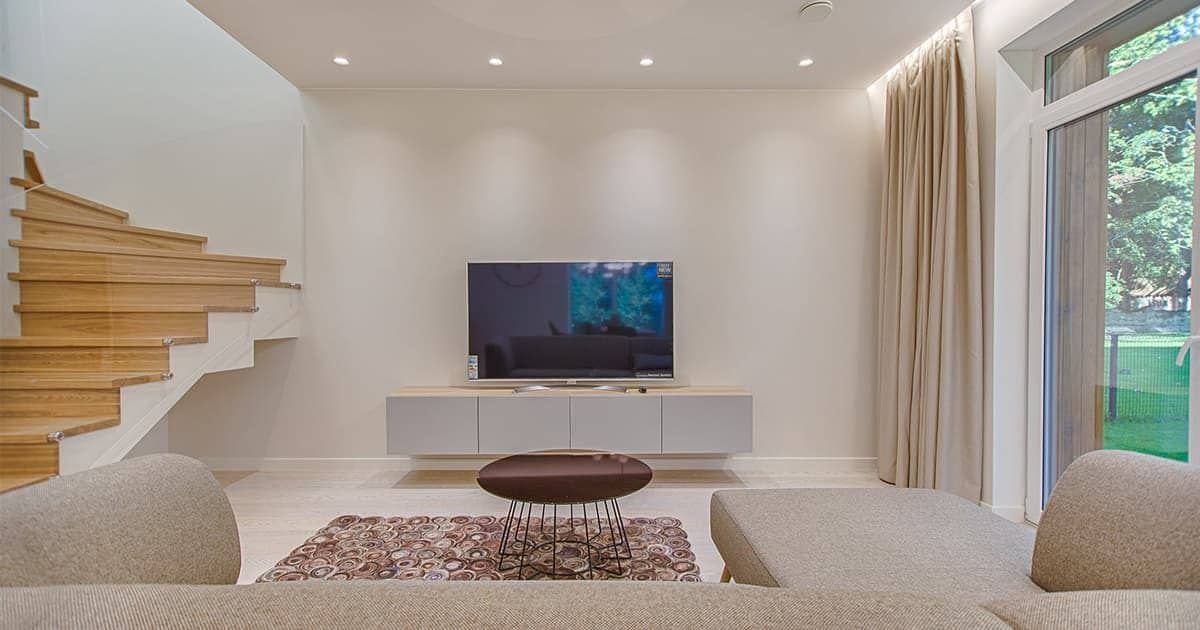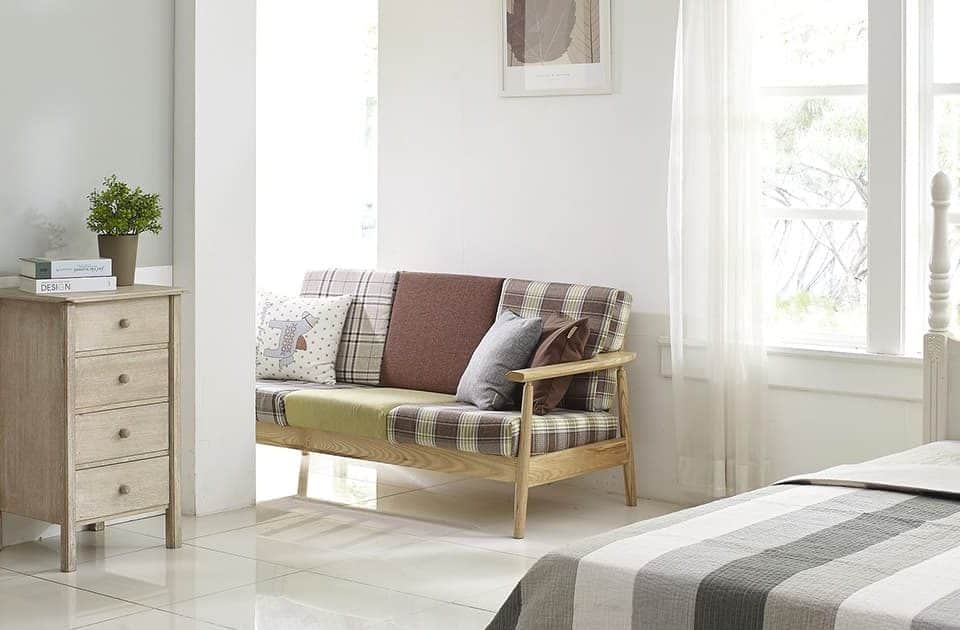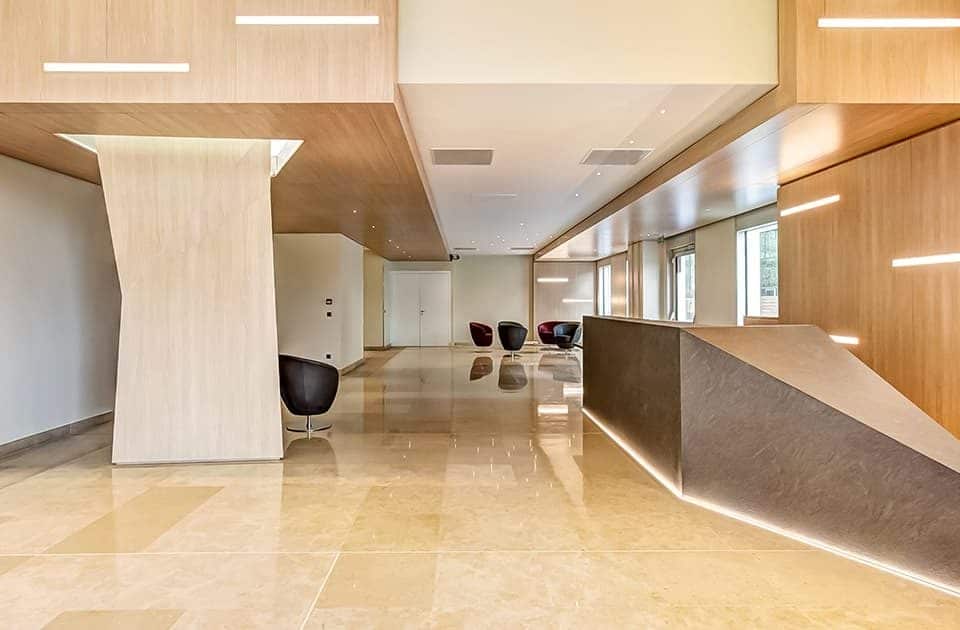Modern vs Contemporary Design: The Key Differences

Seven Interior Design Mistakes to Avoid
24th May 2019
Seven Things to Consider When Planning an Office Layout
14th June 2019If the Oxford English Dictionary is to be followed, the words modern (‘a current or recent style or trend’) and contemporary (‘following modern ideas in style or design’) are fairly interchangeable. Ask an interior designer, however, and you’ll get a very different answer. For them, modern and contemporary designs, while they may share some of the same traits, are two very different and distinct styles.
What is modern design?
Despite what the name suggests, modern design refers to styles which were popular anywhere from 1920 to 1970. The most popular of these is mid-century modern, which was fashionable during the 1950 and 60s; this period is often what interior designers are thinking of when they use the term ‘modern’.
Inspired by Scandinavian and German design, the look is clean and simple. Form and function are key to modern design, as are natural materials (think wood, leather and stone), which were championed by leading designers of the age including Eames, Knoll and Le Corbusier.
What is contemporary design?

Contemporary design means what is happening as opposed to at any specific point in time. This means it is forever changing and makes it hard to define when it comes to just what an interior might mean when they use the term. Right now, what they most likely mean by contemporary is a design that is minimalistic with clean lines, neutral tones, and natural materials (along with steel, chrome and nickel).
The differences between modern and contemporary design
While there are similarities between modern and contemporary design, there are differences too, which make them stand apart from each other. They include:
- Materials: Both modern and contemporary designs use natural materials such as wood and stone. Modern designs also like to use leather (real or faux). Contemporary designs, however, mix natural materials with steel, chrome and nickel, which offers a more industrial feel.
- Function over form: With modern design, function is as important as form. Yes, things need to look good, but they need to have a purpose as well. Aesthetics are more important in contemporary design; it’s good enough for something to look good, even if it doesn’t have a purpose.
- Fluidity: By its very nature, modern design is set. It is based on a period of time and has rules which interior designers work to. Contemporary design doesn’t have to follow these rules because it is based on what is happening at the moment. This allows interior designers to take their inspiration from any number of different sources.
- Minimalism: Both contemporary and modern designs are minimalistic, though modern design is more so. Here, minimalism is important and ties in with the idea that everything needs to have a function. For contemporary design, this minimalism is more about making a statement, and you won’t find it in every instance.
- Softer lines: Contemporary design prefers softer, more organic, lines than modern design, which uses stronger, straighter, lines. This softness is added through the use of chrome, nickel and steel, which can produce curved lines and leads to a level of comfort that you won’t necessarily find in those based on modern designs.
- Colours: While both contemporary and modern designs use natural materials, they have different colour palettes. Modern design, for example, uses earth tones such as brown and green, adding a splash of colour with turquoise. Contemporary designs, meanwhile, use more blacks, greys and whites (colours which can create the minimalist effect that is popular right now), with pops of colour being added with red, orange, and indigo.
The benefits of an interior designer
Because the lines between contemporary and modern designs are blurred, deciding about which style works best for you won’t necessarily be easy, especially as contemporary design is always changing. This is why retaining the services of an interior design company isn’t a bad idea if you have the budget. Interior designers can meet with you and get to know who you are and what you want to achieve with the look of your home. Then they can make it happen.
Remember, though, to find a local designer who will be available to meet with you before coming up with design ideas – if you live in the North East of England, for example, make sure you find an interior design company based in the North East. This way, you’ll be able to build up a relationship over the life of the project and are much more likely to end up happy with the results.




